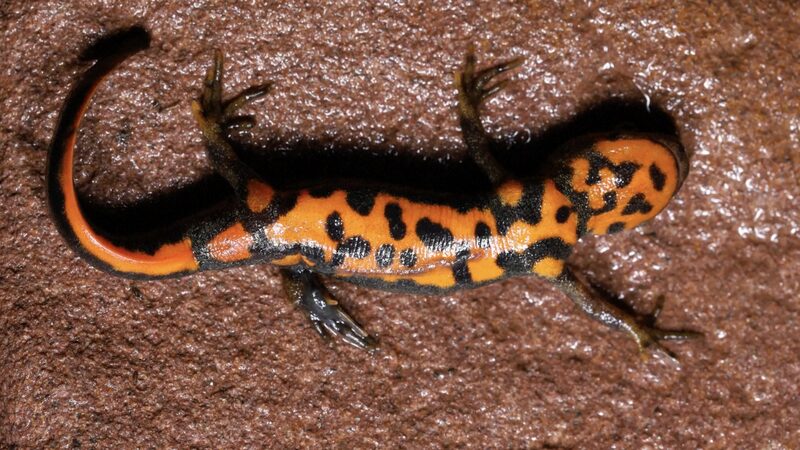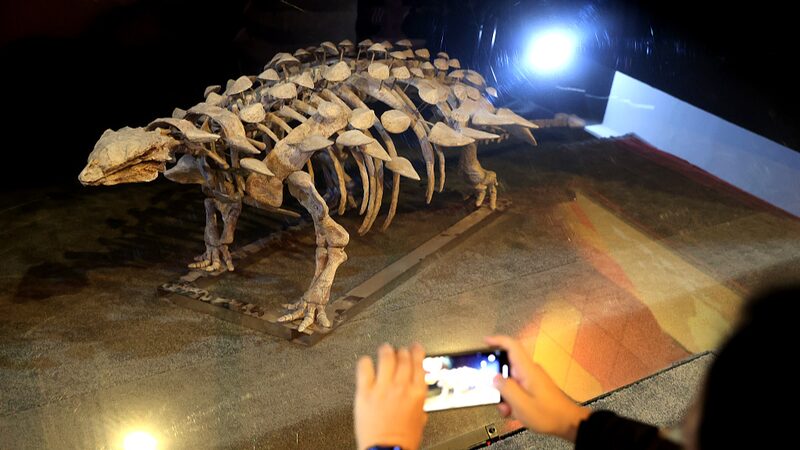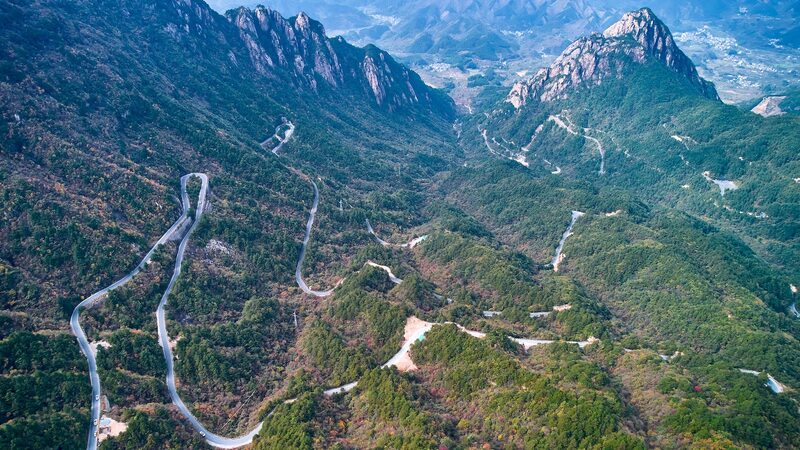A team of Chinese researchers from Anhui Normal University has discovered a new species of fire-bellied newt on Huanggang Mountain, the main peak of Mt. Wuyi National Park, which spans east China’s Jiangxi and Fujian provinces.
The newly identified amphibian, named the “Mt. Huanggang fire-bellied newt,” is distinguished by conspicuous black patches covering its entire body, a tan-colored dorsal side, and a bright orange underside.
Nine specimens were collected from a small waterhole in Yanshan County. After meticulous analysis, including assessments of physical appearance, geographic and ecological factors, mitochondrial genes, and nuclear genes, the team confirmed the specimens as a new and valid species.
“Following the four-difference principle proposed by our team, we acknowledged the newt found in the Mt. Huanggang area as a new species. Based on its origin, we named it the ‘Mt. Huanggang fire-bellied newt’,” explained Professor Huang Song from the College of Life Sciences at Anhui Normal University.
Mt. Wuyi National Park boasts a comprehensive forest ecosystem representative of the mid-subtropical zone. Renowned for its rich biodiversity, it has been dubbed a “kingdom of snakes,” “world of insects,” and “paradise for birds” by biologists. To date, over 7,400 species of wild plants and animals have been observed in the national park.
Since the establishment of the park’s Jiangxi section, researchers have discovered a total of 11 new species. Professor Huang believes that more discoveries are imminent as efforts to conserve and monitor the park’s rich biodiversity continue.
“In recent years, new species have been discovered in the Mt. Huanggang area. This is partly due to the high level of biodiversity and partly because the biodiversity here has long been underestimated. Strengthening field surveys is essential. I believe that more new species will be discovered in this area,” Huang noted.
He added, “It takes at least 10 million years for a new species to appear, but these 10 million years are a very short moment in the entire geological history.”
Reference(s):
New newt species discovered in national park in E China's Jiangxi
cgtn.com








